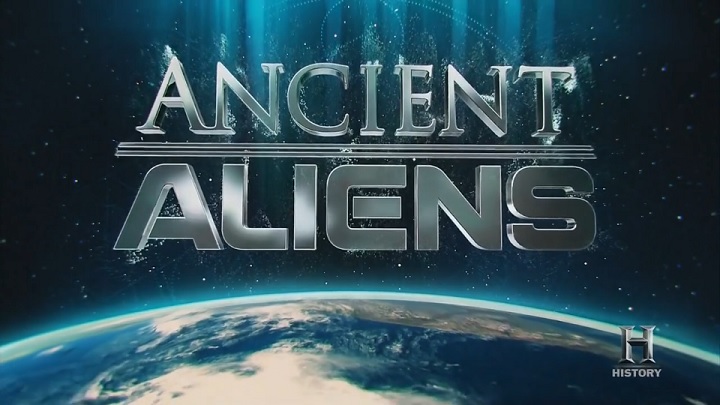Ancient Aliens – Aliens and Lost Worlds: Mysterious legends and crumbling ruins are all that is left of our planet’s lost worlds.
But could there be proof of ancient alien visitors hidden among the artifacts of civilizations that have long vanished? Strange carvings suggest the Mayan city of Copan was ruled by the descendants of otherworldly beings. And some believe the ancient Nazca people altered their bodies–and their lands–to signal the star gods to return. Are the astounding accomplishments of lost civilizations merely the products of ancient folklore–or could they have been something… out of this world?
Ancient Aliens – Aliens and Lost Worlds
Nazca culture
The Nazca culture (also Nasca) was the archaeological culture that flourished from c. 100 BC to 800 AD beside the arid, southern coast of Peru in the river valleys of the Rio Grande de Nazca drainage and the Ica Valley. Having been heavily influenced by the preceding Paracas culture[citation needed], which was known for extremely complex textiles, the Nazca produced an array of crafts and technologies such as ceramics, textiles, and geoglyphs—specifically the Nazca Lines. They also built an impressive system of underground aqueducts, known as puquios, that still function today. The Nazca Province in the Ica Region was named for this people.
From 500 AD, the civilization started to decline and by 750 AD the civilization had fallen completely. This is thought to have occurred when an El Niño triggered widespread and destructive flooding. Evidence also suggests that the Nazca people may have exacerbated the effects of these floods by gradually cutting down Prosopis pallida trees to make room for maize and cotton agriculture.
These trees play an extremely important role as the ecological keystone of this landscape: in particular preventing river and wind erosion. Gradual removal of trees would have exposed the landscape to the effects of climate perturbations such as El Niño, leading to erosion and leaving irrigation systems high and dry.
